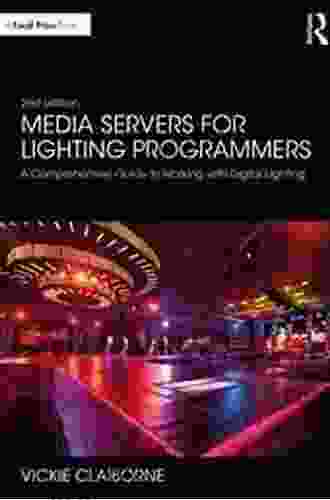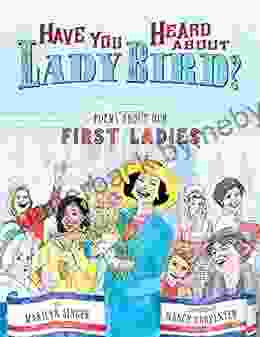Media Servers For Lighting Programmers: The Ultimate Guide

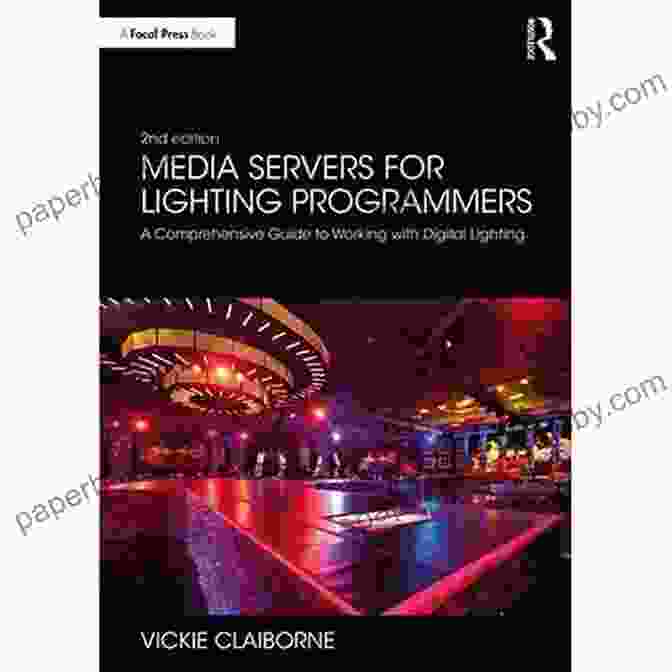
5 out of 5
| Language | : | English |
| File size | : | 16437 KB |
| Text-to-Speech | : | Enabled |
| Screen Reader | : | Supported |
| Enhanced typesetting | : | Enabled |
| Word Wise | : | Enabled |
| Print length | : | 244 pages |
What are media servers?
Media servers are devices that store and deliver multimedia content, such as video, audio, and images. They can be used for a variety of purposes, including entertainment, education, and business. In the context of lighting, media servers are used to control the lighting fixtures in a space. They can be used to create complex lighting effects, such as chases, fades, and gobos.
Why use media servers?
There are many benefits to using media servers for lighting control. First, media servers can be used to create very complex lighting effects that would be difficult or impossible to create with traditional lighting control methods. Second, media servers can be used to store and recall lighting cues, which can save time and effort. Third, media servers can be used to integrate lighting with other systems, such as audio and video systems.
What types of media servers are available?
There are a variety of different types of media servers available on the market. Some media servers are designed specifically for lighting control, while others are more general-purpose devices that can be used for a variety of applications. When choosing a media server, it is important to consider the following factors:
* The number of lighting fixtures that you need to control * The types of lighting effects that you want to create * The budget that you have available
How to connect and configure a media server
Once you have chosen a media server, you will need to connect it to your lighting fixtures. The specific steps involved in connecting and configuring a media server will vary depending on the type of media server that you are using. However, the general steps are as follows:
1. Connect the media server to your computer using an Ethernet cable. 2. Open the media server software on your computer. 3. Create a new project and add your lighting fixtures to the project. 4. Configure the media server to control your lighting fixtures.
How to create and edit media content
Once you have connected and configured your media server, you can begin creating and editing media content. The specific steps involved in creating and editing media content will vary depending on the type of media server that you are using. However, the general steps are as follows:
1. Create a new media file or import an existing media file into the media server software. 2. Edit the media file to create the desired lighting effects. 3. Save the media file.
How to use media servers to create stunning visual effects
Media servers can be used to create a variety of stunning visual effects. Some of the most popular effects include:
* Chases: Chases are a series of lighting cues that are played back in sequence. * Fades: Fades are a gradual change in the intensity of the lighting. * Gobos: Gobos are patterns that are projected onto the lighting fixtures.
These are just a few of the many visual effects that can be created using media servers. With a little creativity, you can use media servers to create stunning visual effects that will amaze your audience.
Media servers are a powerful tool that can be used to create stunning visual effects. They are easy to use and can be integrated with other systems, such as audio and video systems. If you are looking for a way to add excitement to your lighting shows, then media servers are the perfect solution.
Free Download your copy of Media Servers For Lighting Programmers today!
5 out of 5
| Language | : | English |
| File size | : | 16437 KB |
| Text-to-Speech | : | Enabled |
| Screen Reader | : | Supported |
| Enhanced typesetting | : | Enabled |
| Word Wise | : | Enabled |
| Print length | : | 244 pages |
Do you want to contribute by writing guest posts on this blog?
Please contact us and send us a resume of previous articles that you have written.
 Book
Book Novel
Novel Page
Page Chapter
Chapter Text
Text Story
Story Genre
Genre Reader
Reader Library
Library Paperback
Paperback E-book
E-book Magazine
Magazine Newspaper
Newspaper Paragraph
Paragraph Sentence
Sentence Bookmark
Bookmark Shelf
Shelf Glossary
Glossary Bibliography
Bibliography Foreword
Foreword Preface
Preface Synopsis
Synopsis Annotation
Annotation Footnote
Footnote Manuscript
Manuscript Scroll
Scroll Codex
Codex Tome
Tome Bestseller
Bestseller Classics
Classics Library card
Library card Narrative
Narrative Biography
Biography Autobiography
Autobiography Memoir
Memoir Reference
Reference Encyclopedia
Encyclopedia Wolfram Siemann
Wolfram Siemann Rowan Blanchard
Rowan Blanchard Kenneth C Dewar
Kenneth C Dewar Mike Gagnon
Mike Gagnon Mats Alvesson
Mats Alvesson Ron Miner
Ron Miner Trond Frantzen
Trond Frantzen Marv Alinas
Marv Alinas Lauren Shockey
Lauren Shockey Kim Heldman
Kim Heldman Hiroshi Mikitani
Hiroshi Mikitani Ryan S Walters
Ryan S Walters Shawn Achor
Shawn Achor Stephanie Garber
Stephanie Garber Wilf Mbanga
Wilf Mbanga Wolfgang Daunicht
Wolfgang Daunicht Kenneth Evans
Kenneth Evans Martika Daniels
Martika Daniels L S Summer
L S Summer Kevin Richardson
Kevin Richardson
Light bulbAdvertise smarter! Our strategic ad space ensures maximum exposure. Reserve your spot today!
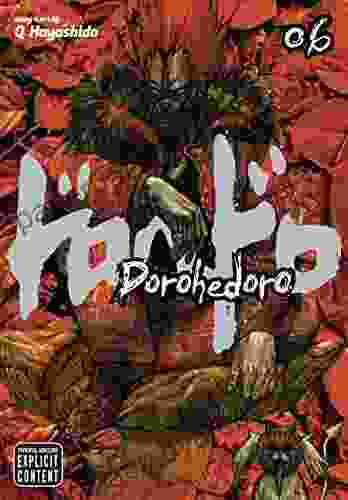
 Federico García LorcaDorohedoro Vol Hayashida: A Literary Masterpiece that Captivates and Haunts
Federico García LorcaDorohedoro Vol Hayashida: A Literary Masterpiece that Captivates and Haunts
 Julio Ramón RibeyroLearn How to Draw Kawaii: People, Animals, and Other Utterly Cute Stuff
Julio Ramón RibeyroLearn How to Draw Kawaii: People, Animals, and Other Utterly Cute Stuff
 Mario Vargas LlosaMr. Noisy and the Silent Night: A Christmas Adventure for the Whole Family
Mario Vargas LlosaMr. Noisy and the Silent Night: A Christmas Adventure for the Whole Family Elias MitchellFollow ·7.1k
Elias MitchellFollow ·7.1k Tyler NelsonFollow ·9k
Tyler NelsonFollow ·9k Alvin BellFollow ·13k
Alvin BellFollow ·13k Jimmy ButlerFollow ·13.5k
Jimmy ButlerFollow ·13.5k Eugene PowellFollow ·3k
Eugene PowellFollow ·3k Andy ColeFollow ·12.5k
Andy ColeFollow ·12.5k Dalton FosterFollow ·14.7k
Dalton FosterFollow ·14.7k Dwight BellFollow ·3.7k
Dwight BellFollow ·3.7k
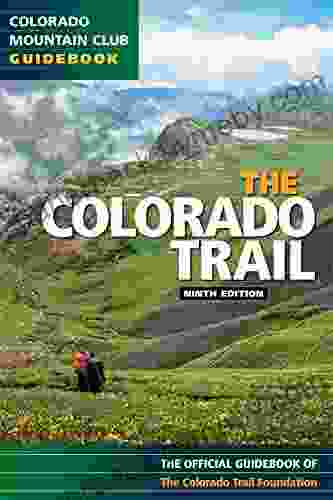
 Isaac Asimov
Isaac AsimovEmbark on an Epic Adventure: The Colorado Trail 9th...
Unveiling the Treasures of the Colorado...
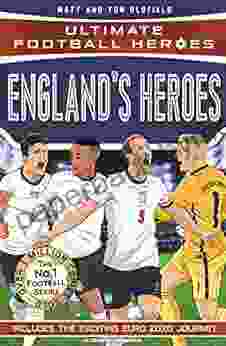
 Clinton Reed
Clinton ReedUltimate Football Heroes: Uncover the Gridiron Greatness...
Enter the World...
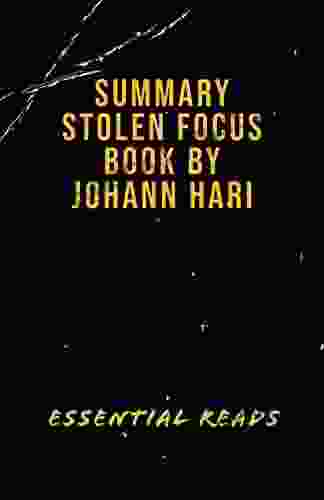
 Ibrahim Blair
Ibrahim BlairUnveiling the Secrets of Stolen Focus: A Journey to...
In today's relentless digital...

 Colt Simmons
Colt SimmonsRediscover the Founding Father's Vision: Thomas Jefferson...
Immerse Yourself in the Unedited Words of...

 Juan Butler
Juan ButlerExcel in Language Learning: The Ultimate Self-Study...
Unlock Your Language Potential with Our...
5 out of 5
| Language | : | English |
| File size | : | 16437 KB |
| Text-to-Speech | : | Enabled |
| Screen Reader | : | Supported |
| Enhanced typesetting | : | Enabled |
| Word Wise | : | Enabled |
| Print length | : | 244 pages |


